Fig Tree
- November 26, 2024
- 0 comment
The Fig Tree (Ficus carica) is a remarkable plant known for its ecological and cultural significance. Originating in the Mediterranean region, this tree has become an integral part of various ecosystems worldwide.

It is not only admired for its delicious fruit but also for its role in supporting biodiversity, stabilizing soil, and providing shelter for numerous organisms. As a member of the Moraceae family, the Fig Tree is a keystone species in many environments, offering sustenance and habitat for a wide range of wildlife.
What Is a Fig Tree?
The Fig Tree (Ficus carica) belongs to the Moraceae family and is one of the oldest cultivated fruit trees in human history. It is a deciduous tree or shrub that typically grows between 10 to 30 feet tall. Its distinguishing features include:
- Leaves: Large, deeply lobed, and rough to the touch, they are iconic for their shape and often used symbolically in art and literature.
- Bark: Smooth and light gray, adding to the tree’s aesthetic appeal.
- Fruit: Technically a syconium, the fig fruit is unique because it encloses hundreds of tiny flowers within its fleshy structure.
- Interesting Fact: Fig Trees play a significant role in improving soil health through their expansive root systems, which prevent erosion and enhance nutrient cycling.
With a typical lifespan of 50-75 years, Fig Trees are both resilient and productive, making them a favorite among gardeners and environmentalists alike.
Three Different Types of Fig Tree Species
There are hundreds of species within the Ficus genus. Some notable species include:
Ficus Elastica
Known as the rubber tree, popular as an ornamental indoor plant.

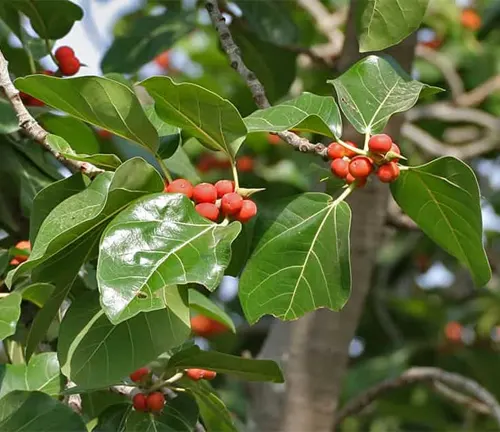
Ficus Benghalensis
The banyan tree, famous for its expansive canopy and aerial roots.
Ficus Religiosa
The sacred fig, revered in religious and spiritual traditions.

Each species varies in size, habitat, and appearance. For instance, the banyan tree can cover large areas with its aerial roots, while the common fig thrives in sunny, arid climates and produces sweet, edible fruits.
Where Do Fig Trees Grow?
Fig Trees are native to the Mediterranean and Western Asia but are now cultivated in many parts of the world, including:
- Natural Habitats: Arid and semi-arid regions, tropical and subtropical zones, and rocky terrains.
- Geographical Distribution: Countries like Turkey, Egypt, Greece, and India are leading producers of figs.
- Adaptations: Fig Trees are incredibly versatile, thriving in a variety of climates. Their deep root systems enable them to survive in arid conditions, while their ability to regenerate quickly makes them suitable for degraded lands.
In their environment, Fig Trees help stabilize soil, provide shade, and serve as a critical food source for animals and insects.
How to Grow and Care for Fig Trees
Growing a Fig Tree is relatively easy, making it a popular choice for home gardens. Here are some tips:
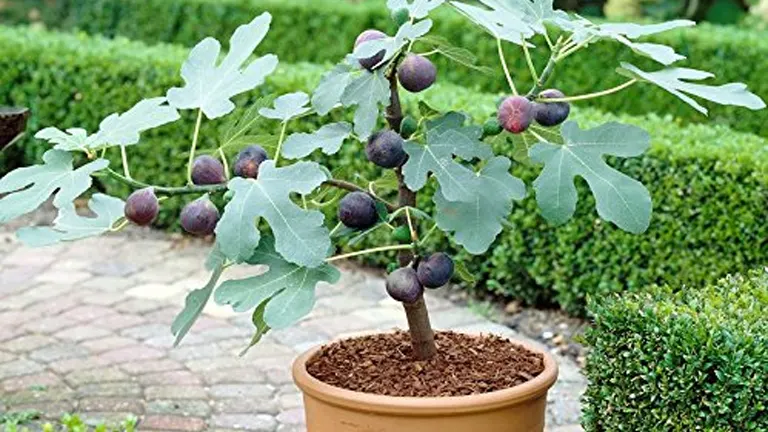
- Soil: Well-drained soil with a pH between 6.0 and 6.5.
- Watering: Moderate watering is ideal. Overwatering can lead to root rot.
- Sunlight: Full sun is essential for optimal growth and fruit production.
- Propagation: Fig Trees can be propagated through cuttings or seeds, though cuttings are more common and reliable.
- Maintenance: Regular pruning helps shape the tree and improves air circulation, reducing the risk of pests and diseases.
Ecological Benefits of Fig Trees
Fig Trees are invaluable to their ecosystems due to their multiple ecological roles:
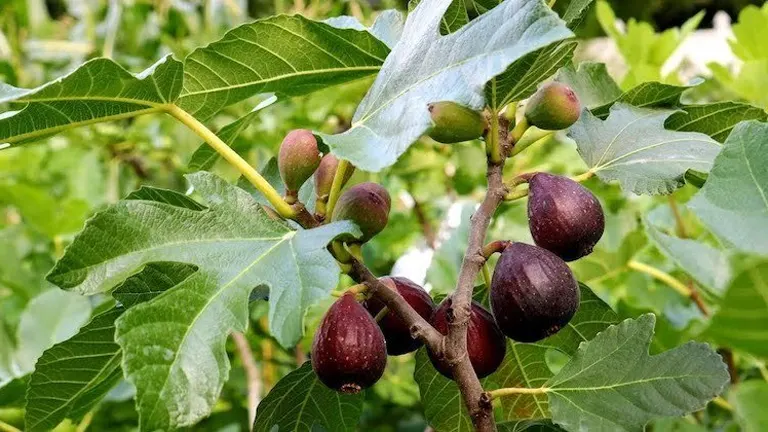
- Soil Health: Their roots prevent erosion and enhance soil fertility by cycling nutrients.
- Biodiversity: The fruits attract various animals, including birds, bats, and insects, supporting local wildlife populations.
- Microhabitats: Their dense canopies provide shelter for small mammals and birds.
Fig Tree Flowering and Pollination
Unlike most trees, the Fig Tree’s flowers are hidden inside its fruit. These flowers are pollinated by tiny fig wasps in a fascinating symbiotic relationship. The wasps lay their eggs inside the fig, while simultaneously helping the tree reproduce. This unique pollination process underscores the Fig Tree’s ecological importance.
Is Fig Tree Drought-Tolerant?
Yes, Fig Trees are highly drought-tolerant once established. Their deep roots allow them to access groundwater during dry periods. However, young trees require regular watering until they are well-rooted. For gardeners in arid regions, Fig Trees are an excellent choice, as they thrive with minimal irrigation.
Fig Tree and Wildlife Interactions
Fig Trees are a cornerstone for many ecosystems. Their fruit serves as a primary food source for birds, monkeys, and insects. Additionally, their dense canopies provide nesting sites for birds, while their flowers support pollinator populations.
Symbiotic relationships, such as the one with fig wasps, highlight the interconnectedness of Fig Trees and wildlife. Animals, in turn, help disperse fig seeds, ensuring the tree’s propagation.
Final Thoughts
The Fig Tree (Ficus carica) is a marvel of nature, contributing significantly to ecological balance and human culture. From stabilizing soil to supporting biodiversity, its benefits are far-reaching. As a hardy and adaptable species, the Fig Tree reminds us of the intricate relationships in our environment and the importance of conserving these connections for future generations. Whether in a home garden or the wild, Fig Trees are an enduring symbol of life and abundance.
Frequently Asked Questions (FAQs)
- What is a Fig Tree?
A Fig Tree is a deciduous tree or shrub from the Moraceae family, known for its sweet fruit and ecological importance. - Where do Fig Trees grow?
Fig Trees thrive in Mediterranean climates but adapt well to tropical, subtropical, and arid regions worldwide. - What are the main characteristics of Fig Trees?
They have large, lobed leaves, smooth gray bark, and unique fruit that encases tiny flowers. - How do Fig Trees benefit the environment?
Fig Trees prevent soil erosion, improve soil health, and support biodiversity by providing food and shelter for wildlife. - How can I grow a Fig Tree at home?
Plant in well-drained soil, provide full sun, water moderately, and propagate through cuttings for best results. - Are Fig Trees drought-tolerant?
Yes, once established, their deep roots help them survive in dry conditions with minimal water. - What is unique about Fig Tree pollination?
They rely on a mutualistic relationship with fig wasps, which pollinate the hidden flowers inside the fruit. - Why are Fig Trees important for wildlife?
Their fruits feed animals like birds and monkeys, while their dense canopies offer nesting and shelter.
We hope this guide helped you learn about the Fig Tree’s importance. Have tips or experiences to share? Join the conversation below and inspire others to appreciate and grow these amazing trees. Don’t forget to share this guide with others passionate about nature and sustainability!




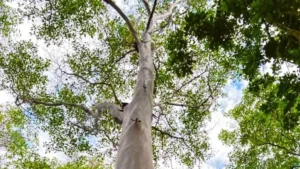

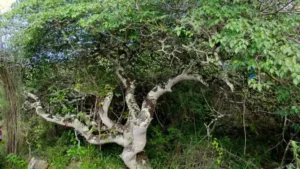
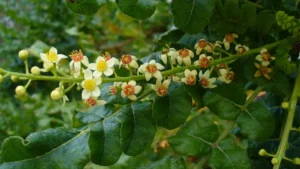
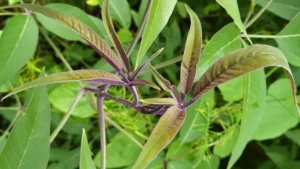
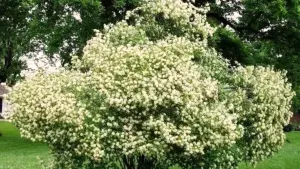



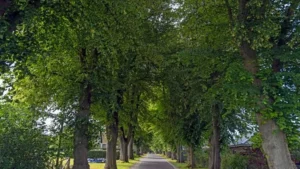
Leave your comment